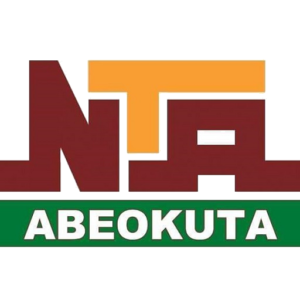
Hala Al -Jowder
In the educational reality, the quality of the outputs is not built on coincidence, and educational institutions do not advance without systematic planning based on quality standards, as the school as a vital educational institution, its goals are achieved only through an integrated planning system that is based on accurate data and is linked to achievable and measurable goals. Planning guarantees the consistency of efforts, sustainability of impact and anticipating challenges with a clear vision.
This planning is based on a hierarchical model consisting of three interconnected levels: strategic, executive, and operational planning, and despite the variation of these levels in depth, time and detail, it is integrated to form an effective development cycle governed by indicators, reality based and evaluation, starting the planning system first with strategic planning – road map: imagine that you are standing at the top of a mountain (Reality) You look towards another summit on the horizon (hopedable) contemplates your school after three years: Who are its students? What skills do their graduates have? At this level, the internal and external environment is analyzed using tools such as SWOT, through which the vision and the message are formulated and the general goals related to major fields such as the achievement of academic students, teaching, learning and evaluation processes. These goals are the compass that directs the school towards its strategic goals.
Then the school moves to the second level, which is the executive planning – translating the vision into projects, where the general goals are disintegrated into special executive goals (SMART), and at this level are designed qualitative initiatives and projects that form the bridge that links the top of reality and the summit of the hope we are going with studied steps towards ambition. Where these projects aim to bridge gaps and achieve improvement, in the executive plan, the target groups, the timetable, resources, executing bodies, measurement tools, and “tribal level” are the current situation and the “dimension” level of the target level in addition to identifying performance indicators (KPIS) that allow the interim follow -up and measurement of impact, during a period of time (usually year).
At the third level, operational planning – daily achievement, projects move into realistic implementation through operational plans prepared by the various departments of the school, each department is derived from its operational plan from the content of the executive plan and these plans are separated by activities, procedures and tasks, determining responsibilities, setting timetables, documentation tools and evaluation methods, focusing on the details of daily, weekly and monthly implementation, in a manner that guarantees the application Demand and pious.
Finally, the system is completed with a fourth stage (continuous evaluation and improvement): It begins with the evaluation of operational activities, then holds the impact of executive projects, leading to measuring the extent of achievement of goals, this stage contributes to discovering gaps and feeding the continuous improvement course.
The essence of planning is the answer to two pivotal questions: “What do we do?” To determine the strategic destination, which is the general and private goals, and “How do we do that?” Determine the procedures for executive and operational plans.
The high -performance school is the one who mastered the management of integration between the levels of planning, strategic directing, the executive translates, and the operational is accomplished. This system, when managed efficiently, turns from static documents into a dynamic engine that leads the school towards excellence.
* Advisor to the quality of excellence for educational consultations






